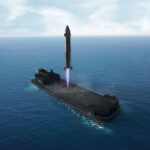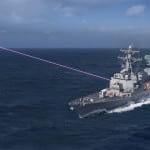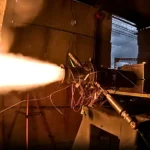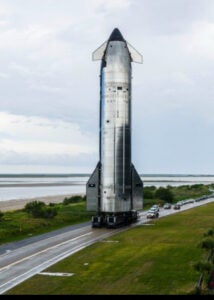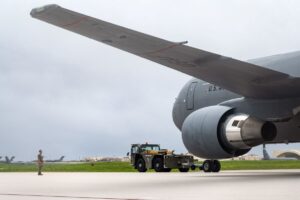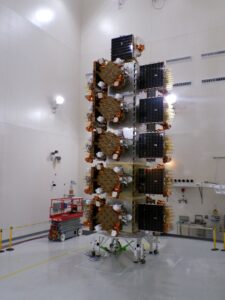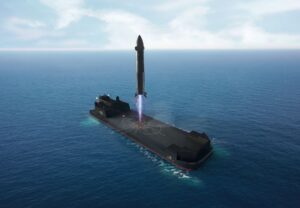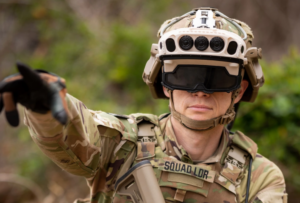
The Army doesn’t plan to take an “either/or” approach with its Enhanced Night Vision Goggle–Binocular (ENVG-B) and Integrated Visual Augmentation System (IVAS) programs, with the service’s secretary reaffirming an intent to continue moving ahead with both efforts. “We don’t see it as an either/or, they each bring some different things to the table,” Army Secretary Christine Wormuth said during a Senate Armed Services Committee hearing on Thursday. Wormuth’s remarks were in response to questions from Sen. Jeanne Shaheen (D-N.H.) pressing…

 By
By 